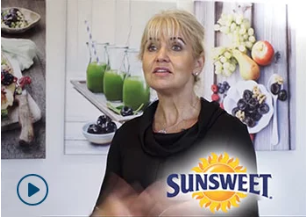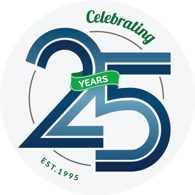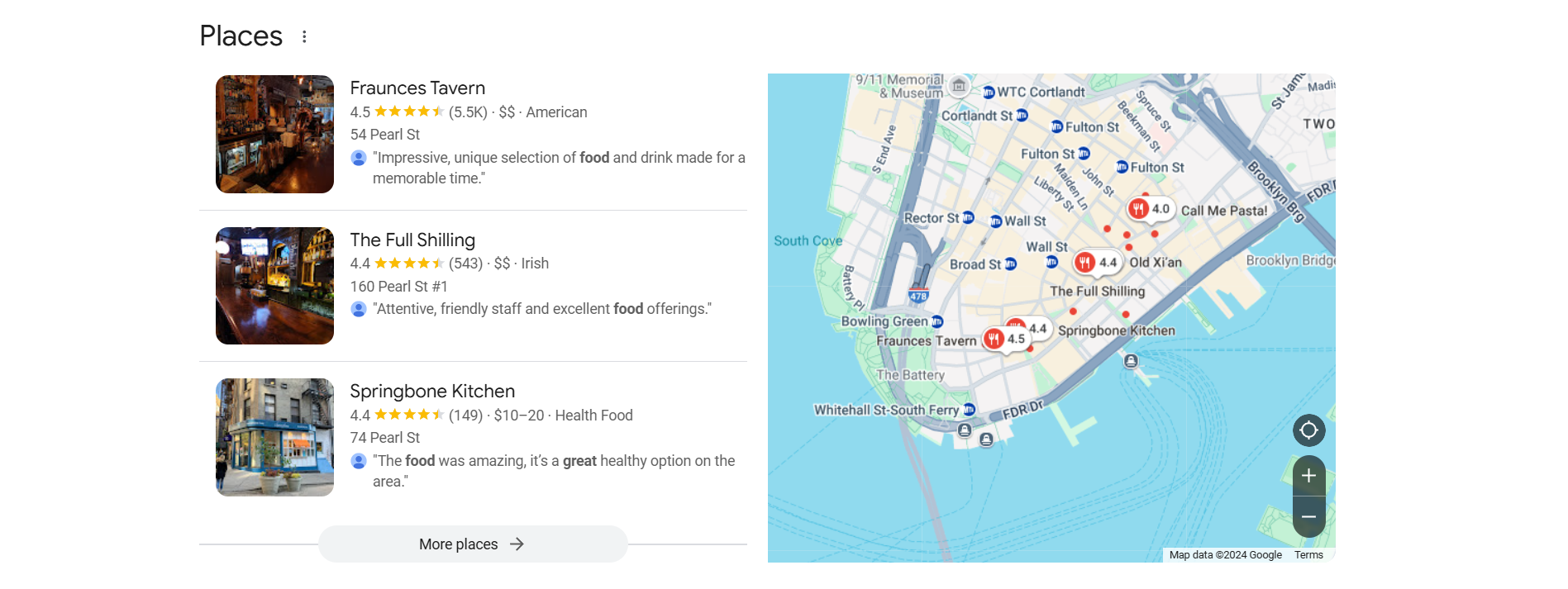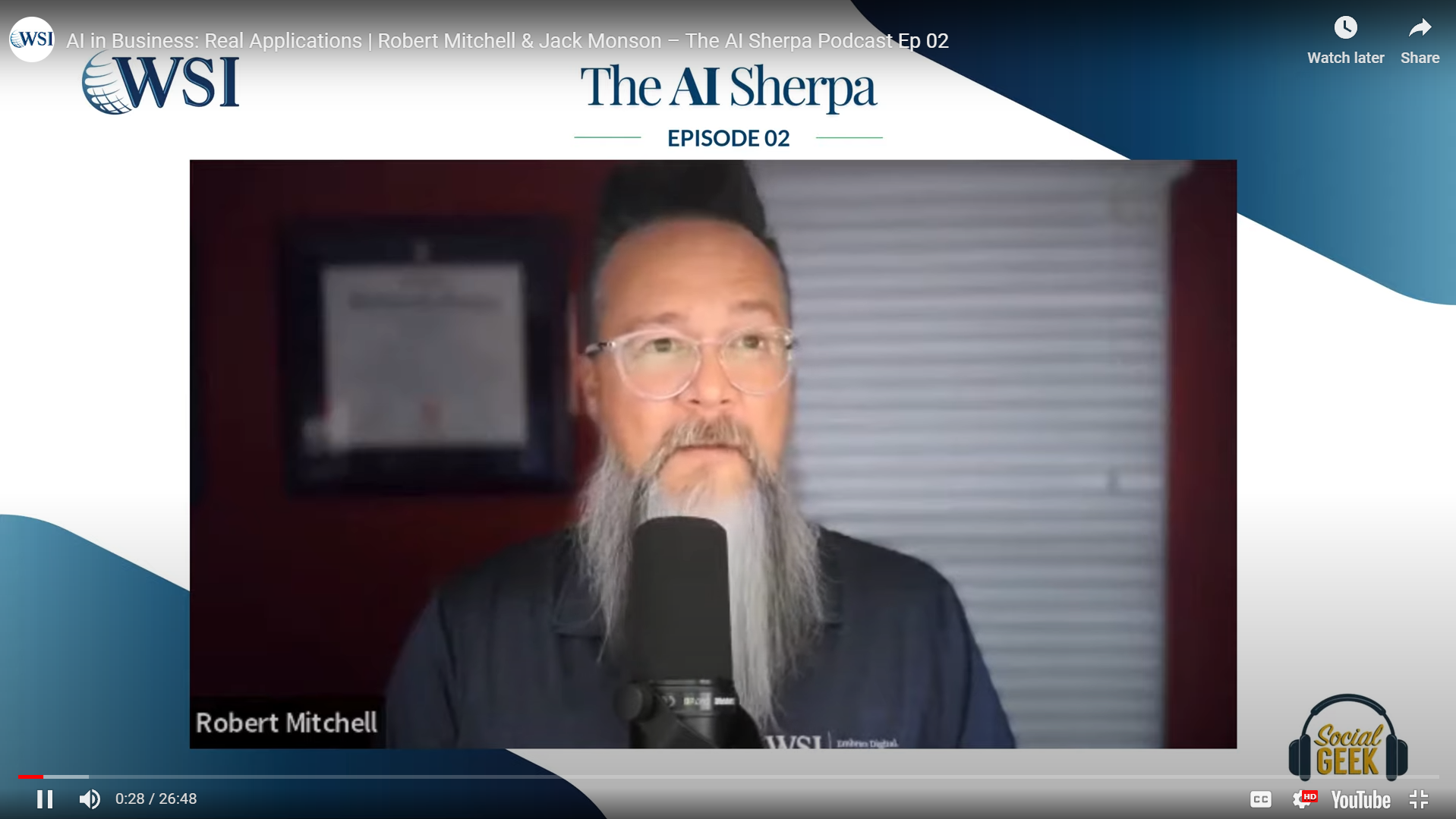- HOME
- ABOUT US
- SERVICES
- CUSTOMER STORIES
- OUR EXPERTS
- CONTACT US
- EXPERT TIPS
In need of some sound digital marketing advice?
Book a free consultation with one of our experts.

Making a difference in our clients’ lives
We positively impact the lives of our clients beyond their KPI reports.

Blog Layout
How can you write more effective content for SEO?
Here are 10 Tips for SEO and Content Writing
Creating quality content that will drive organic traffic to your site can be a challenge. Many DIYers may be able write decent content, but they often fail at writing content that delivers results in Search. This is the primary objective of SEO (Search Engine Optimization). You want content that has value and attracts new clients, but you also want to save your valuable time for your business. When you have a framework for your blog articles for SEO, the writing process will be so much simpler and effective. After creating a topic calendar, your next step is to create high quality content. Before you follow the steps below, be sure that you have arelevant & interesting topic, andwrite useful content for your target audience.
Note that Search Engines, like Google, constantly update their algorithms, so you'll want to keep up with the latest SEO techniques for 2022. Read on for our best practices on how to write SEO content.
1. Identify your target and your call to action
Before you think about the process and structural elements of writing a good SEO article, think about who is your target audience and what you want them to do at the end. Important: both your content and your ask should align with the search phrase you are optimizing for. What is the persona of the person you are writing for? Are they top of funnel gathering information, middle of funnel with a bona fide interest, or bottom of funnel evaluating whom to do business with? This is critical to the process of creating content that delivers results for your business.
2. Choose the right keyword
Keyword research is a fundamental step in all SEO and content writing. Good keywords not only help your site rank higher on search engines, but they also provide you, the business owner, with valuable information. Thinking about all the words your potential customers might search is a good place to start. Each article you write should have one main keyword or keyword phrase and 5-10 additional keywords that are closely related to your primary keyword or the focus of the article. One common mistake by business owners is using technical terms rather than common terms for their products, services, or techniques. It is important to research related keywords and find ones that are more commonly used by your potential clients, and ones that indicate the searcher's intent.
3. Identify search intent
When someone initiates a Google search, they have something specific in mind they would like to accomplish. Google spends a great deal of time designing algorithms to refine the search process and fulfill the user's intent. To get the most out of SEO and content writing, you need to know the four distinct types of search intent. These include:
- Informational: When a user is searching for information on a topic, they will often include words such as, "how to," "best," "tutorial," and "how."
- Navigational: Sometimes the user is looking for a specific web page or site. In this case, the words they use would be the actual name of the service, brand or product.
- Commercial: When someone is investigating a purchase they will include search terms like "review" or "least expensive."
- Transactional: Users will perform searches when they know they are ready to make a purchase. These users will enter terms like "buy," "coupon," or "price."
Examining the search intent that will drive the most valuable traffic to your site is another key part of SEO and content writing.
4. Create an optimized meta title
The meta title does not need to be the same at the page title, but both should include your main keyword. Your meta title shows up on the search page while your H1 page header is on the page itself. This is why the meta title is so important for SEO and content writing. To optimize your searchability consider the following when creating a meta title:
- Give each page its own unique title
- Tailor the title to the user's intent
- The meta title should be between 15 and 40 characters long
- Be sure to include your primary keyword
- Meta titles with questions have a higher clickthrough rate (CTR)
5. Be creative with your H1 title
Each page on your site should have exactly one H1 tag, and you have more room for creativity in this page title. Here are some tips for how to make the best H1 for your article:
- Use a unique H1 for each page on your site
- Create an H1 with a question to help drive more traffic to that page
- Remember to describe the content in your H1
6. Create an optimized meta description
The meta description is what users will see directly under the meta title on the search engine page. Don't make the mistake of leaving this important field blank. A meta description that is optimized for SEO and content writing can give you an edge over your competitors.
- Each page on your site should have a unique, accurate, and specific meta description
- Remember to include your keyword in the meta description
- Keep it to 140-160 words for best results
- Include a call to action
- Your meta description need not be in sentence format
A good meta description can be one of the most important things that users will see when conducting a search. It has to be enough to convince the user that your page will answer their question.
7. Be sure your content is organized and well written
Creating good structure to your articles is essential for SEO and content writing. Blogs with H2 and H3 tags perform better in searches. Some ways to ensure your content meets these criteria are:
- Create lengthy content when necessary and provide an outline at the top of the page for longer articles
- Use H2 and H3 tags to make your content more readable
- Keep each paragraph to one main idea and break up long sentences
- Include a list in your article to generate more search volume and encourage quick reads
- Be sure to answer the questions users might search for on your topic
- Bullet points and numbered lists enhance readability and understanding
- Use a bold font, italics, or both to highlight key points
Do your best to keep these tips in mind when generating new content for your site.
8. Include photos, videos, graphs, or other visual content
Readers will remember much more from your blog post if you include visual interest. Adding visual content to your page will not only enhance the article's readability, it will also increase the likelihood of the content being shared on other sites. This creates valuable backlinks to your site. Further, engaging videos keep a visitor on your site longer, which Google tracks. This improves the keyword-to-url search value. To optimize your visual content for SEO and content writing, be sure to:
- Resize and optimize your images to ensure the site loads quickly
- Give your photos descriptive file names so they will appear in a search engine's image search feature
- Create alt text tags that accurately describe your pictures - this is also important for Web Content Accessibility Guidelines (WCAG) conformance
- Use visual elements to attract, engage, and delight your visitors
9. Create a descriptive URL for each page
The URL of your page can help a user decide whether your article will have the information they are looking for. It is important to create URL's that provide this information in a simple, human readable format. When creating URL's, separate the words with hyphens for better readability. Use lower case letters and make it as short as possible. Include your main keyword and be sure to describe the page as well as possible in this shortened format.
10. Include internal links
Internal linking is when the pages of your site point to one another. This helps search engines find your content and also gives credibility to your pages which can improve search engine ranking. Internal links also help visitors to your site find their way around and access more content that is relevant to their search.
Follow these 10 tips for great content writing for SEO!
Applying the above SEO content writing guidelines to your engaging content will help you optimize your blog content and put you on the right path for higher search engine rankings. Effective SEO content writing for your website or blog is an objective that requires knowledge and effort. Learning how to write SEO content is often too much for a small business to take on and do well by themselves. To find out more about how to increase relevant traffic to your site, contact WSI Peak Digital Strategy for an
SEO assessment.
Note: This article was originally published January 12, 2021 and updated for 2022.
The Best Digital Marketing Insight and Advice
The WSI Digital Marketing Blog is your go-to-place to get tips, tricks and best practices on all things digital marketing related. Check out our latest posts.
Subscribe Blog
Thank you for contacting us.
We will get back to you as soon as possible.
We will get back to you as soon as possible.
Oops, there was an error sending your message.
Please try again later.
Please try again later.
*You may unsubscribe from digital communications at anytime using the link provided in WSI emails.
For information on our privacy practices and commitment to protecting your privacy, check out our Privacy Policy and Cookie Policy.
For information on our privacy practices and commitment to protecting your privacy, check out our Privacy Policy and Cookie Policy.
Don't stop the learning now!
Here are some other blog posts you may be interested in.
WSI COLORADO SPRINGS
Mailing Address:
13395 Voyager Pkwy, Ste 130-113
Colorado Springs, CO
80921
Phone:
719-445-9962
Email:
[email protected]
SOCIAL
ABOUT US
CONTACT US
SERVICES
CUSTOMER STORIES
OUR EXPERTS
BLOG
© 2024 Peak Digital Strategy - WSI Colorado. All rights reserved. WSI IC and WSI IM are registered trademarks of RAM. Privacy Policy | AI Policy | Cookie Policy
Each WSI Franchise is an independently owned and operated business.




